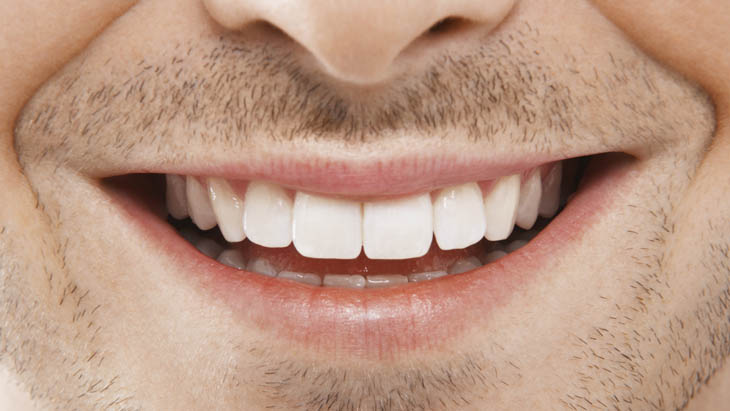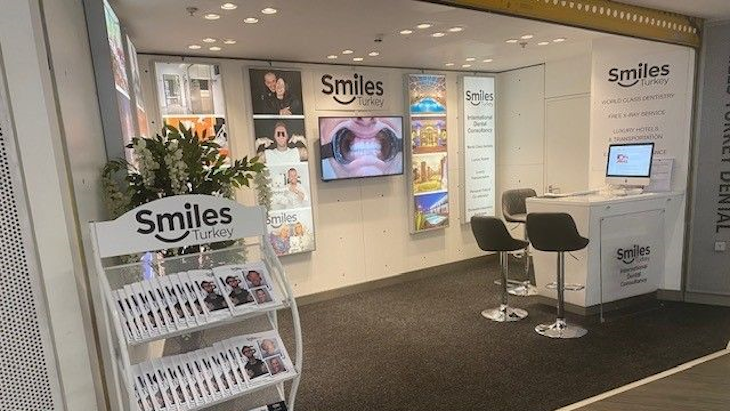Compare costs
Average cost of treatment in key countries
Include indicative costs for treatment, travel, insurance and accommodation
Get a quote
1. Complete the enquiry form
2. Select countries of interest
3. Providers respond directly
Medical Diagnostic and Treatment Centre (MDTC) in Vilnius, a leading orthopaedic and traumatology centre, offers modern sports medicine, such as sewn menisci and lab-grown cartilage, and an ever-evolving range of treatments for a fast return to physical fitness after severe injuries.
These days it’s hard to imagine life without the occasional injury sustained while doing sports or physical activities. Only in rare cases do people who exercise regularly and play sports avoid injuries, whether they’re out to win a medal or not.
 The causes of sports injuries can vary a great deal, according to Dr Darijus Rimas, head of the Orthopaedics and Traumatology Centre at the high-tech Medical Diagnostic and Treatment Centre, located in V. Grybo Street, Vilnius. It could be the wrong choice of running shoes, too much load on the weights, an accident on the tennis court, a fall on the cycleway, a collision on the football field, a bad landing on the basketball court… The causes are infinite.
The causes of sports injuries can vary a great deal, according to Dr Darijus Rimas, head of the Orthopaedics and Traumatology Centre at the high-tech Medical Diagnostic and Treatment Centre, located in V. Grybo Street, Vilnius. It could be the wrong choice of running shoes, too much load on the weights, an accident on the tennis court, a fall on the cycleway, a collision on the football field, a bad landing on the basketball court… The causes are infinite.
At the Orthopaedics and Traumatology Centre, injuries and longstanding chronic diseases affecting the bones, muscles, joints and ligaments are diagnosed and treated effectively by nine experienced specialists. “Our goal is to help patients return to their active lives,” says Dr Rimas, who has been treating sports injuries in particular for more than a decade and continues to improve his expertise at the best foreign clinics.
The doctor’s experience shows that injuries are hard to avoid when actively engaged in sports. But personal protective equipment, supervision by qualified trainers, adequate preparation and a responsible and cautious attitude towards sports reduce the risk.
“Once you feel pain, don’t hesitate,” the orthopaedist and traumatologist advises. “Forget the idea that the pain will simply go away. Sometimes people play football, stumble over something, finish the game and then realise the next morning they can’t even take a step. Adrenalin reduces the pain but doesn’t solve the problem. In such cases, you have to consult a specialist.”
According to Dr Rimas, in the world of sports medicine today, the rapid development of diagnostic equipment and up-to-date knowledge of experienced healthcare professionals are crucial in providing quality treatment and helping patients to return to their healthy active lives.
The operating rooms at the Medical Diagnostic and Treatment Centre, and the equipment and surgical instruments used there, match the standards of those used in the best clinics in the world. “We have everything we need to apply the most modern treatment methods and surgical techniques available,” the head of the Centre says.
Orthopaedists and traumatologists working at the Centre diagnose and treat diseases and injuries affecting the shoulders, upper arms, elbow joints, forearms, wrist joints, hands, spine, pelvis, hip joints, thighs, knee joints, shins, ankle joints and feet. They also perform arthroscopic knee, ankle, shoulder, elbow and wrist surgeries, fix foot-bone deformities and treat long and short bone fractures as well as tendon and muscle injuries.
“The majority of our patients suffer from knee-joint traumas: torn menisci, ligaments, damaged cartilage. Such patients constitute more than 50% of all patients undergoing surgery at the Centre. Shoulder-joint traumas are the second-biggest group of injuries, followed by ankle and wrist traumas,” Dr Rimas says.
He gives an example of a common injury. “A person is playing football, he or she kicks the ball, stumbles on the pitch with his sports shoe, twists his body awkwardly, the knee joint ends up in an abnormal position and the anterior cruciate ligament and meniscus get torn. Or a person is playing basketball, jumps and makes an unfortunate landing, and as a result the knee and ankle-joint ligaments and menisci become torn.”
Successful diagnosis of joint, tendon, ligament and muscle injuries requires proper diagnostic equipment. At the Orthopaedics and Traumatology Centre, the accurate diagnosis of injuries is made using magnetic resonance and computer tomography. “After assessing the damage caused, we decide on the tactics of the treatment, whether we are going to prescribe pharmaceuticals or perform surgery,” Dr Rimas stresses. “We restore the function of the joint by reconstructing the torn ligaments and tendons. More and more often we sew the torn menisci, restore the damaged cartilage using the microfracture technique, and the collagen membranes and the patient’s cartilage are grown in a laboratory in Germany.”
Joint surgeries are performed using the sparing arthroscopic technique. This allows doctors to reattach torn tendons to the bone, rebuild ligaments, restore cartilage and sew menisci. Operating rooms are equipped with state-of-the-art automatic instruments, the surgery leaves only minor scars, and the patients can return to their normal rhythm of life within days.
However, when major reconstructive surgery is performed, sports must wait. “If the patient wants a good outcome, six months must pass before returning to competition. This is the time required for rehabilitation, during which the muscles recover and prepare again for exercise. Pharmaceutical treatment and the rehabilitation period after surgery are part of the success,” says Dr Rimas, who performs five to six arthroscopic surgeries a day.
In the field of sports medicine, the doctors working at the Centre continuously develop their expertise and use the most up-to-date treatment methods recognised around the world. The most recently introduced treatment involves taking cartilage tissue from the patient’s knee joint and growing it in a laboratory. Three weeks later, the lab-grown cartilage can be used to replace the damaged cartilage.
Quite often athletes suffer from injuries to the anterior cruciate ligament, which is sometimes followed by tearing of the meniscus. The athlete’s career can be rescued by reconstructive surgery, which is performed at the Orthopaedics and Traumatology Centre. A new ligament is shaped using the flexor tendons of the thigh and is fixed to the bone using dissolving internal screws, while the meniscus is usually sewn.
“After six months of active rehabilitation, the athlete is allowed to return to the playing field,” says Dr Rimas, adding that this technique is used in sports medicine all over the world.
A basketball court also poses certain risks to athletes. One of the most common traumas occurring in basketball players is tearing of the ankle ligaments. If diagnosis is delayed, the ligaments are not restored, leading to the development of joint instability and arthritic changes that pose a threat to the athlete’s career. The patient develops bony outgrowths that make it hard for the athlete to run and jump.
“In such cases, we perform the arthroscopy of the ankle joint, i.e., we reconstruct the torn ligaments, remove the bony outgrowths and, if necessary, restore the cartilage,” Dr Rimas explains, describing the arthroscopic surgeries performed at the Orthopaedics and Traumatology Centre.
Following orthopaedic-traumatological surgeries, patients are offered the services of the Rehabilitation Centre at the Medical Diagnostic and Treatment Centre. The appropriate choice of rehabilitation programme has a major influence on the treatment outcome and duration of the healing process. Plasma or hyaluronic acid injections which accelerate the healing process and tissue regeneration also help the patients return faster to an active life. Studies show that such injections reduce the duration of the healing process and improve the treatment outcome by up to 30%.
The doctors of the Orthopaedics and Traumatology Centre are professionals who are famous in the field of sports medicine, both in Lithuania and abroad. Many people actively engaged in sports, including professional basketball players and martial arts athletes, entrust their health to the Centre’s specialists. Lithuanians living abroad and patients from other countries often arrive at the Centre to undergo successful treatment and surgery for their sports injuries.
Medical Diagnostic and Treatment Centre in Lithuania's capital city Vilnius is a modern, state-of-the-art hospital that offers high quality, European-standard services at affordable prices. With four modern operating rooms, in-patient facilities, one-day surgery and an intensive care unit supported by five laboratories and the latest diagnostics, the Centre provides a wide range of services, including orthopaedics-traumatology, sports medicine and rehabilitation, from a team of Lithuanian doctors with extensive international experience and recognition. All staff at the Centre are English-speaking.


